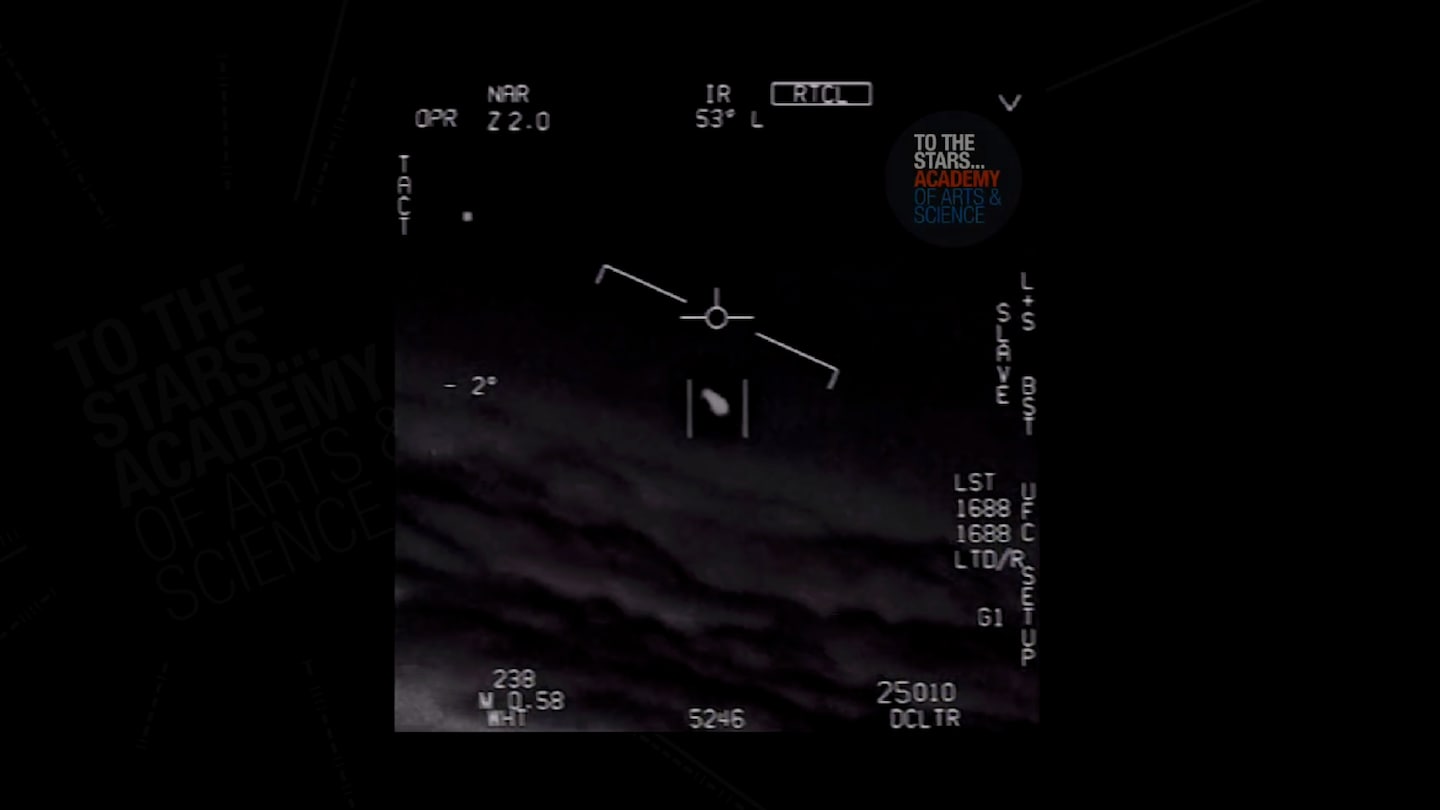Former DNI Ratcliffe says forthcoming UFO report will detail ‘difficult to explain’ sightings

The stipulation mandates that the director of national intelligence work with the secretary of defense on a report detailing everything the government knows about unidentified flying objects — known in agency lingo as “unidentified aerial phenomena” or “anomalous aerial vehicles.”
It must be made public, and when it is, it will be big, former intelligence director John Ratcliffe said in a recent interview.
“Frankly, there are a lot more sightings than have been made public,” Ratcliffe told Fox News host Maria Bartiromo on Friday.
The report must include “detailed analysis of unidentified aerial phenomena data and intelligence” gathered by the Office of Naval Intelligence, the Unidentified Aerial Phenomena Task Force and the FBI, the provision reads.
It also calls for “a detailed description of an interagency process” that will ensure that data can be gathered and analyzed across the federal government. The report could document sightings from “all over the world,” Ratcliffe said.
“There are instances where we don’t have good explanations for some of the things that we’ve seen,” he added. “And when that information becomes declassified, I’ll be able to talk a little bit more about that.”
That time could be coming soon.
When Trump approved the spending package on Dec. 27, a 180-day countdown began, giving intelligence officials until June to deliver lawmakers their write-up.
However, two factors might delay the report’s release: Agencies have missed similar congressional reporting deadlines in the past; and the provision is not technically binding, as the language was included in the Senate Intelligence Committee’s report on the bill, not the bill itself.
“In other words, it isn’t statute, but the agencies/departments generally treat report language as bill language,” said one senior Senate aide familiar with the legislation.
The office of Sen. Mark R. Warner (D-Va.), chair of the Senate Intelligence Committee, declined to comment on the UFO report. A spokesperson for the intelligence director’s office said “we have nothing to offer.”
Ratcliffe’s pronouncement comes months after the Pentagon released three grainy videos of UFOs recorded by U.S. Navy pilots using infrared cameras. The footage shows the objects moving rapidly across the screen. “My gosh,” one pilot remarks. The videos had been circulating for years but the Defense Department move gave them further official imprimatur.
Former senator Harry M. Reid (D-Nev.), a longtime backer of UFO research, said then that the footage “only scratches the surface of research and materials available.”
“The U.S. needs to take a serious, scientific look at this and any potential national security implications,” he said. “The American people deserve to be informed.”
The increasingly vocal crowd of space watchers is eagerly awaiting the forthcoming intelligence agency report. Some of them say that studying UFOs is essential to the country’s security.
In a July interview with Miami’s CBS4 News, Sen. Marco Rubio (R-Fla.), vice chair of the Intelligence Committee, said the prospect that something otherworldly is behind the flying objects does not concern him as much as the idea that a U.S. adversary could be making secret technological advances.
“The bottom line is if there are things flying over your military bases and you don’t know what they are because they aren’t yours and they are exhibiting — potentially — technologies that you don’t have at your own disposal, that to me is a national security risk and one that we should be looking into,” Rubio said.
Others have argued that the research has been equated with claims of extraterrestrial life and unfairly written off as kooky science fiction.
In the Fox News interview, Ratcliffe described the sightings this way: “We are talking about objects that have been seen by Navy or Air Force pilots, or have been picked up by satellite imagery, that frankly engage in actions that are difficult to explain, movements that are hard to replicate, that we don’t have the technology for or are traveling at speeds that exceed the sound barrier without a sonic boom.”
“There’s actually quite a few of those,” he added. “And I think that that information is being gathered and will be put out in a way the American people can see.”
Christopher Mellon, a former deputy assistant secretary of defense for intelligence, applauded Ratcliffe’s disclosure. Mellon, who also worked with former Blink-182 frontman Tom DeLonge’s To the Stars Academy of Arts and Sciences, called it “an important and noteworthy admission.”
One measure of the level of anticipation surrounding the report can be found on the Twitter account of Luis Elizondo, an ex-intelligence officer who also worked at To the Stars Academy. Last month, Elizondo asked his followers for “the top three (3) things you would like the 180-Day report to address/say.”
He received more than 850 replies.
“Thank you for the overwhelming response to my question,” he wrote. “Another example of how you all are changing the landscape.”
Read more:


